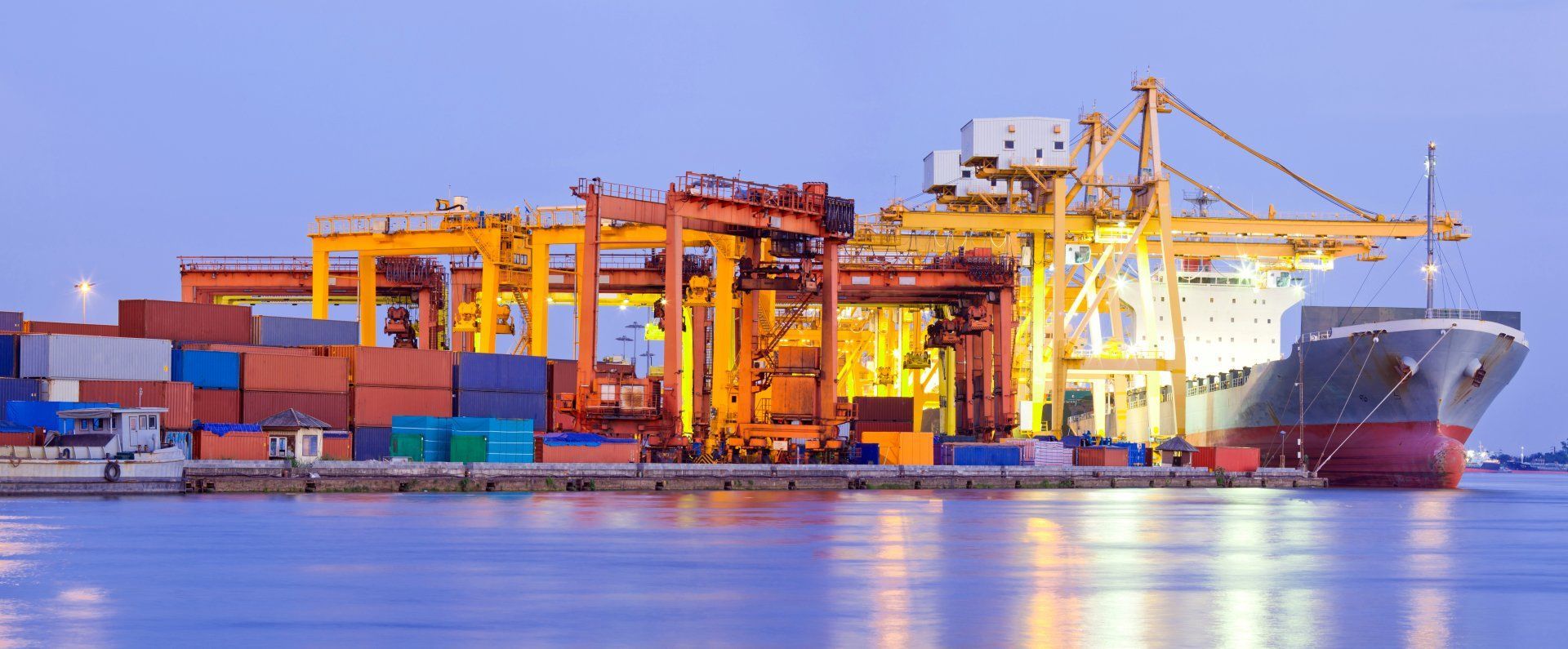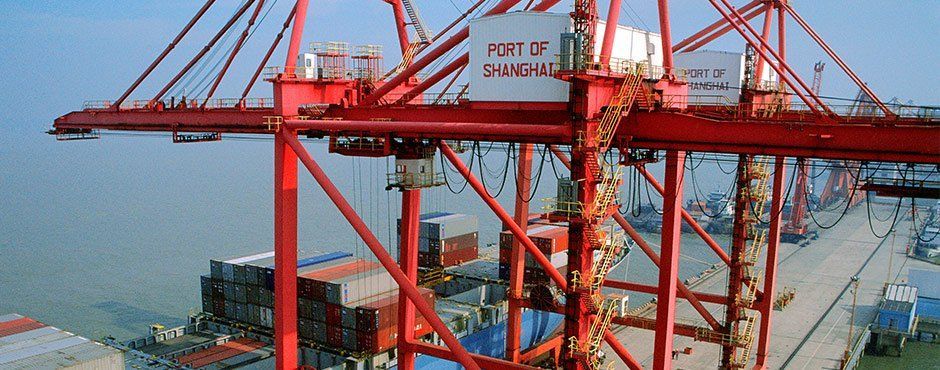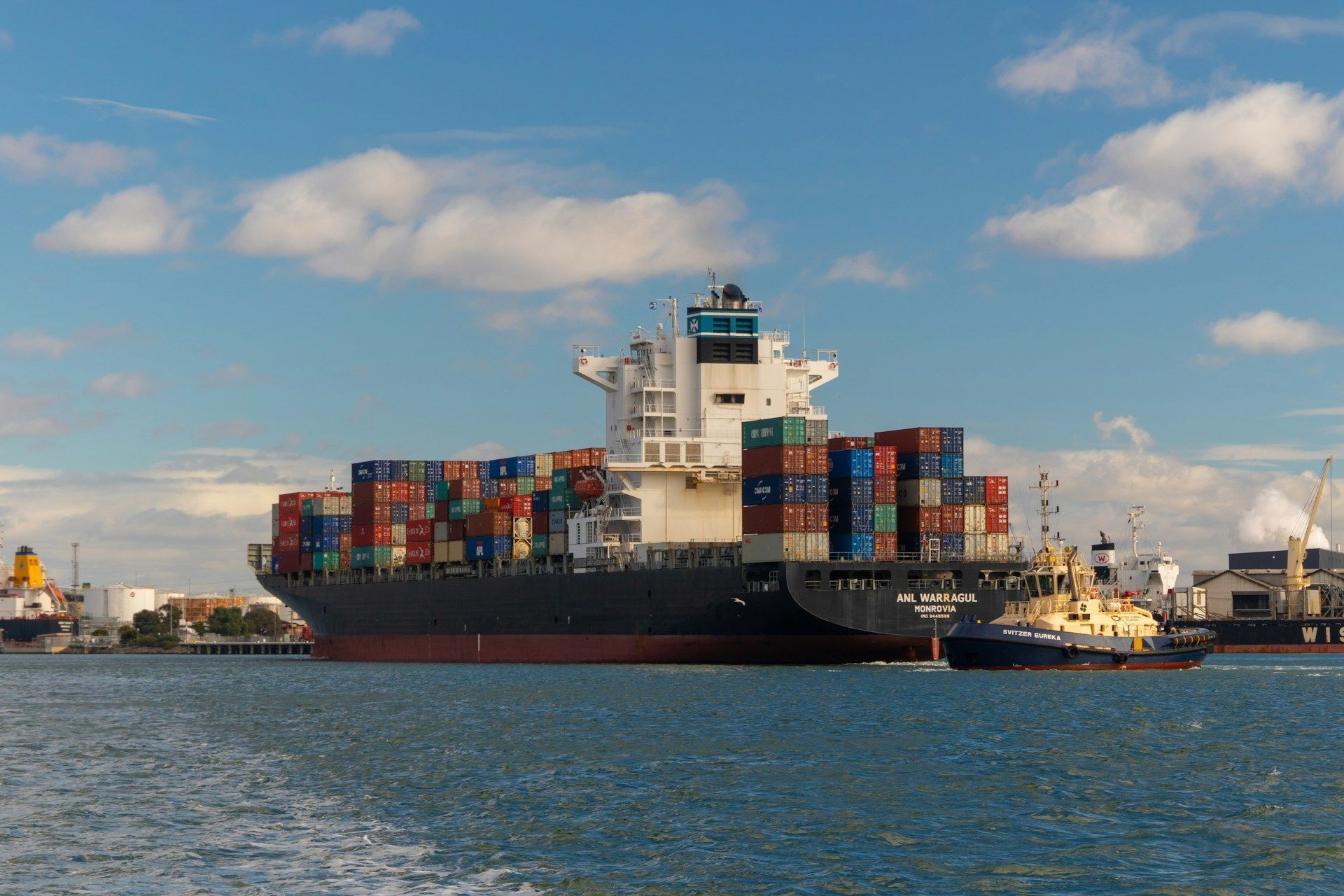Understanding the Impact of Interest on Delayed Refunds in Duty Drawback Cases
The implications in the case of Union of India and ORS. v. Patil and Sons Belgaum

Understanding the Impact of Interest on Delayed Refunds in Duty Drawback Cases
In a recent ruling, the Honorable Supreme Court addressed a critical issue concerning delayed refunds of deemed-export duty drawback. The case of UNION OF INDIA AND ORS. VERSUS M/S. B.T. PATIL AND SONS BELGAUM (CONSTRUCTION) PVT. LTD. sheds light on the entitlement of interest on delayed refunds, especially in cases where duty drawback claims are involved.
M/s. B.T. Patil and Sons Belgaum (Construction) Pvt. Ltd. (“the Respondent”) found themselves entangled in a dispute over the refund of duty drawback related to their civil construction project for the Koyna Hydro Electric Power Project. Despite completing the project in March 1996, they faced obstacles in obtaining the refund under the deemed export scheme.
The Directorate General of Foreign Trade (DGFT) initially denied the refund, citing ineligibility under the Exim Policy, 1992-1997. However, subsequent circulars and clarifications paved the way for the Respondent to claim the refund, albeit with significant delay.
The Respondent pursued their claim for interest on the delayed refund through legal channels. The case eventually reached the Supreme Court, which upheld the decision of the High Court of Karnataka, awarding 15% interest on the delayed refund of duty drawback. The interest was calculated from the date of the refund application.
The Supreme Court's ruling underscores several crucial points:
- Deemed Export Status: The Court recognized the supply of goods for the construction project as a case of ‘deemed export,’ making the Respondent eligible for duty drawback benefits.
- Delayed Refunds: Despite the delay in processing the refund, the Court affirmed the entitlement of interest, emphasizing the importance of timely resolution in such matters.
- Legal Precedents: The Court referred to previous rulings and legal provisions, establishing a framework for determining interest on delayed refunds in duty drawback cases.
- Interest Calculation: The Court clarified the methodology for calculating interest, considering the period between the refund application and its eventual payment.
This ruling carries significant implications for taxpayers involved in duty drawback claims such as:
- Timely Claim Processing: Taxpayers should ensure prompt submission of refund applications to avoid delays in processing and payment.
- Legal Awareness: Understanding relevant legal provisions and precedents can strengthen taxpayers’ positions in disputes over duty drawback refunds.
- Financial Impact: The award of interest on delayed refunds underscores the financial implications of administrative delays, highlighting the importance of efficient refund mechanisms.
The case of M/S. B.T. PATIL AND SONS BELGAUM (CONSTRUCTION) PVT. LTD. serves as a reminder of the complexities surrounding duty drawback refunds and the importance of timely resolution. By upholding the entitlement of interest on delayed refunds, the Supreme Court reaffirms the rights of taxpayers and emphasizes the need for procedural efficiency in tax administration.
By Jack LaMadeleine - March 7th, 2024
Reference: “Interest of 15% is allowed on delayed refund of deemed-export duty-drawback” by CA Bimal Jain
https://www.taxmanagementindia.com/visitor/detail_article.asp?ArticleID=12349














